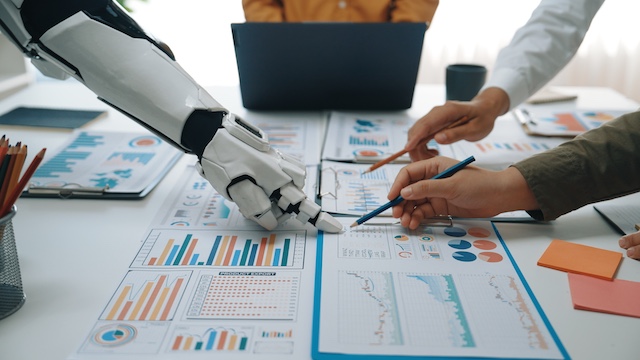What Is Job Displacement?
Job displacement refers to the involuntary loss of employment due to factors beyond an employee’s control, such as company downsizing, outsourcing, automation, mergers, offshoring, or economic downturns. Unlike voluntary resignations or firings due to performance, job displacement typically occurs even when the employee has performed well but their role has become redundant or eliminated.
Displaced workers often face uncertainty, especially if their skills are closely tied to industries undergoing transformation or decline. The term is commonly used in economic discussions, labor reports, and career transition programs.
Why Job Displacement Is Important
Understanding job displacement is essential for recognizing broader labor market trends and preparing both individuals and organizations to respond effectively. Displacement can have significant personal and economic consequences, including:
-
Financial instability for affected workers and families
-
Skills mismatches that hinder reemployment
-
Emotional and mental health challenges during transition
-
Impact on local economies, especially in communities reliant on specific industries
Addressing job displacement proactively through upskilling, retraining, and career transition services is critical to minimizing long-term negative effects.
Why Job Displacement Is Relevant in the Workplace
Job displacement has become more common due to rapid changes in technology, automation, globalization, and shifting business priorities. For employers, it’s crucial to manage displacement ethically and legally—providing support such as:
-
Outplacement services
-
Career counseling
-
Access to retraining resources
For employees, awareness of job displacement risks encourages proactive career planning, continuous learning, and the development of transferable skills that increase resilience in an evolving job market.
In today’s dynamic workplace, organizations that help employees navigate displacement not only protect their brand but also contribute to a more adaptable and prepared workforce.
Common Causes of Job Displacement
Understanding the root causes of job displacement helps employers, policymakers, and workers better anticipate and respond to shifts in the labor market. While each case may be unique, several recurring drivers lead to involuntary job loss:
-
Technological Advancements: Automation and AI can replace roles once considered secure, especially in manufacturing, logistics, and administrative sectors.
-
Corporate Restructuring: Mergers, acquisitions, or internal reorganization may lead to role redundancies as businesses streamline operations.
-
Outsourcing and Offshoring: Cost-cutting strategies often involve shifting operations to third-party vendors or overseas labor markets.
-
Economic Downturns: Recessions or industry-specific declines can force companies to lay off workers to stay afloat.
-
Regulatory or Policy Changes: Shifts in laws or trade agreements can reshape entire industries, resulting in displacement.
Recognizing these causes allows both organizations and individuals to stay ahead of the curve and plan for transitions with greater agility.
Strategies to Mitigate the Impact of Job Displacement
While job displacement can be disruptive, both employers and employees can take proactive steps to reduce its negative effects and support smoother transitions. Key strategies include:
-
Workforce Planning: Organizations can regularly assess talent needs and forecast shifts to prepare employees for possible changes.
-
Reskilling and Upskilling: Investing in training programs equips workers with in-demand skills that align with future roles or industries.
-
Internal Mobility Programs: Encouraging career mapping and lateral movement within the company helps retain talent rather than letting it go.
-
Early Communication and Transparency: Timely updates about business changes build trust and give employees time to plan.
-
Support Services: Offering outplacement, career coaching, and mental health resources helps individuals navigate the emotional and practical aspects of displacement.
By embedding these strategies into HR practices, organizations not only reduce the human toll of displacement but also strengthen their workforce’s long-term adaptability.




